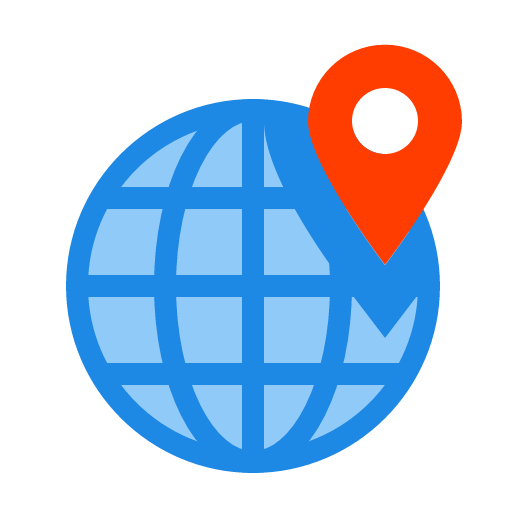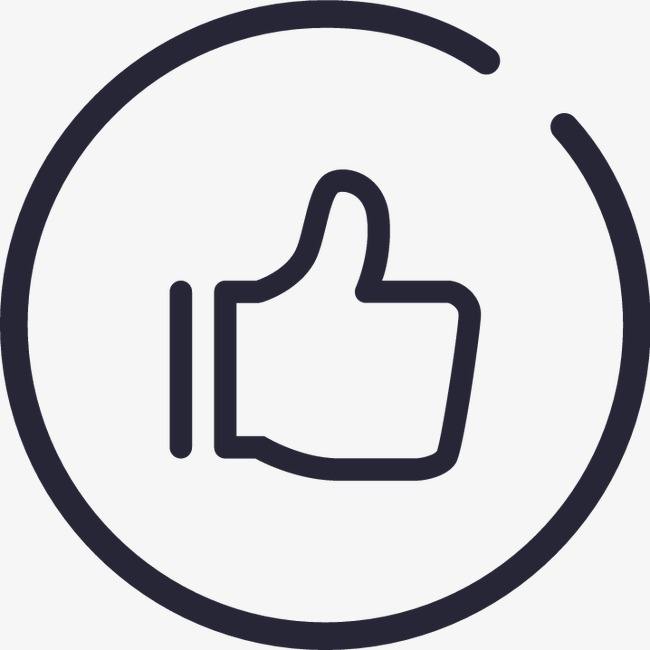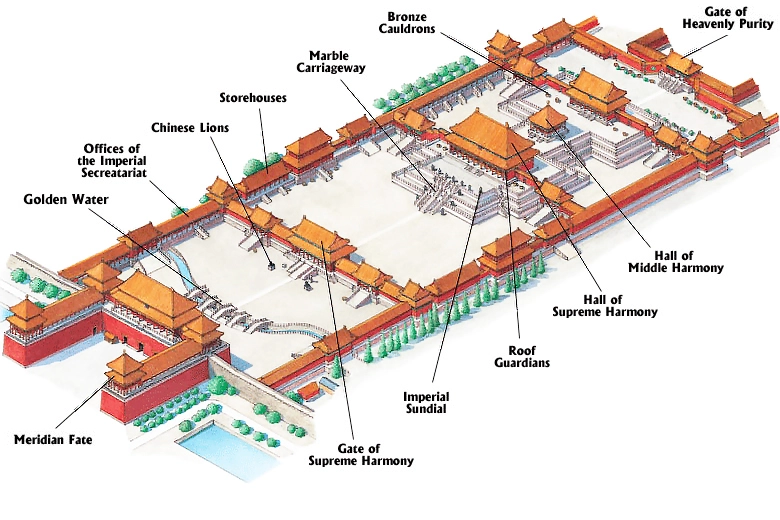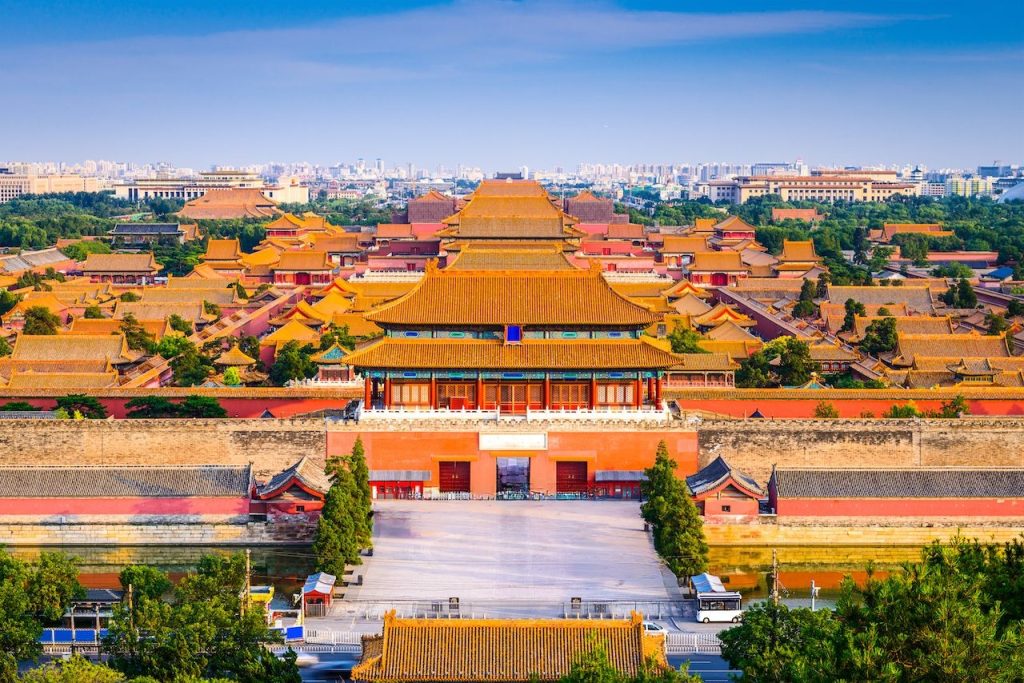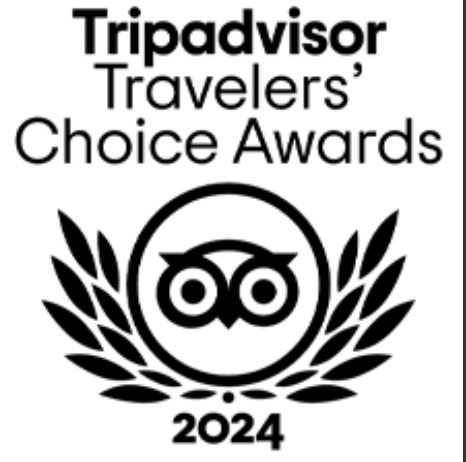Why Travel with Discover Beijing Tours
Unique Experiences
Enjoy a premium trip that goes beyond the typical tourist attractions.
Well-Selected Local Guides
Knowledgeable, enthusiastic, and attentive — your personal local guides will share interesting stories, insider information, and even create unexpected highlights!
Your Booking is Risk-Free
Cancel up to 24 hours before the travel date in advance for a full refund
Popular Beijing Tours
Forbidden City
The Forbidden City, also known as the Palace Museum, After its completion in 1420, the Forbidden City was home to 24 emperors, their families and servants during the Ming (1368–1644) and the Qing (1644–1911) dynasties. After the Last Emperor of China left the palace, it later became a museum open to the public in 1925. The Forbidden City was listed as a World Heritage Site in 1987 and is the largest, best-preserved ancient timber-built palace complex in the world.
Emperor Yongle was the third emperor of the Ming Dynasty. He seized the throne from his nephew. In order to consolidate his imperial power and protect his own security, he decided to move the capital from Nanjing to Beijing, he ordered Kuai Xiang to design the Forbidden City in Beijing. A total of 100,000 artisans and one million laborers were involved in the construction.
Over 200 years later, the Ming dynasty fell to the Manchu Qing dynasty in 1644. Then, in 1911, the Qing were subsequently overthrown by republican revolutionaries. The last emperor, Puyi (who ruled from 1909 to 1911 under the reign name Xuantong), continued to live in the palace after his abdication and was finally expelled in 1924.
Rectangular in shape, the Forbidden City covering an area of 72 hectares, housing more than 9,000 rooms. It is divided into two parts – the Outer Court for national affairs and the Inner Court as living quarters. It is not only an immense architectural masterpiece, but also a treasury housing a unique collection of 1.8 million pieces of art, including ancient calligraphy and painting, imperial artifacts, ancient books and archives.
Classic Visiting Route
Explore the central axis of Forbidden City- about 2 hours.
Meridian Gate (午门), is the main entrance to the Forbidden City. The Meridian gate was the place where the Emperor announced the new lunar calendar on the Winter Solstice each year; After emperor win the battle, here is the location to pardon the prisoner of war. It’s also the punishment place for court officials.
Outer Court(外朝)
Emperors held important ceremonies. There are three main halls in the outer court along the central axis.
the Hall of Supreme (太和殿), the largest and most spectacular architecture in the Forbidden City. Been used to hold grand ceremonies, such as emperor’s birthday, wedding ceremonies etc.
the Hall of Middle Harmony (中和殿), for emperor to rest and rehearse etiquettes for the ceremonial events held in the Hall of Supreme.
the Hall of Preserving Harmony (保和殿), for state banquet in the New Year’s Eve and Lantern Festival. For imperial exam to select the top 3 in the Qing dynasty.
Inner Court (内廷)
The imperial living quarters and the work place for the emperors.
the Gate of Heavenly Purity (乾清门), for officials waited for the military and administrative decisions from the emperor.
the Palace of Heavenly Purity (乾清宫), 14 Ming and Qing Emperors had lived in here and handled state affairs.
the Hall of Union (交泰殿), the Empress coronation room in the Qing Dynasty.
the Palace of Earthly Tranquility (坤宁宫), the bedroom for the empress in Ming Dynasty.
Imperial Garden (御花园), the pleasure ground for the emperor and his harem.
Gate of Divine Might (神武门) is the north gate of Forbidden City.
In-depth Route(4-6 hours)
You can spend one whole day in the Forbidden city to explore more courtyards and museum items.
Hall of Martial Valor (武英殿): located in the west of the Gate of Supreme Harmony, in this courtyard you can find Painting and Calligraphy Gallery.
Hall of Literary Brilliance (文华殿): exhibit ceramics through past dynasties.
Six Western Palaces (西六宫) which represent six palaces in the west of the inner court which was the residential area for the emperor’s concubines.
Eastern Exhibition Area: in the east of the Forbidden City. You can find the Hall of Treasure, Hall of Clocks, Gold and Silver Gallery, Bronze Gallery represent the priceless art history of China.
Panoramic View of Forbidden City
After the Forbidden city, you can climb up to Jingshan Park to enjoy the panoramic view of Forbidden City. From the highest pavilion Wanchunting (万春亭) you can enjoy amazing panoramic view of Forbidden City and other sites along the Central Axis of Beijing. The park is also a place to experience local life where you can find local people dancing and singing.
